Why Props Matter More Than You Think
Props are the secret sauce that takes a murder mystery from “fun night with friends” to “talked-about-for-months legend.”
Costumes, dialogue, and setting all matter, but the physical objects in your players’ hands are what anchor the story. A blow dart on the ground or a mysterious letter tucked in a guest’s pocket does more than decorate—it sparks suspicion, fuels imagination, and drives the game forward. Without props, you’re just playing Clue out loud. With props, you’re living the story.
Choosing the Right Props
Not all props are created equal. The best props do three things:
- Feel authentic (or close enough to fool the imagination)
- Are easy to recognize and pass around
- Tie directly into the plot
In The Emerald Expedition, for example, a torn expedition map or a compass isn’t just decoration—it’s evidence. When you hand someone a burned scrap of paper, they aren’t thinking about cardstock from Staples. They’re wondering who tried to hide a warning and why.
Side Note: One participant held a piece of evidence and exclaimed: “It actually smells burned! Like it was on fire! How did you do that?”
Spoiler: We actually lit it on fire.
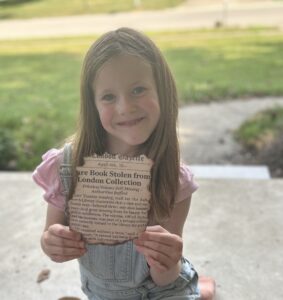
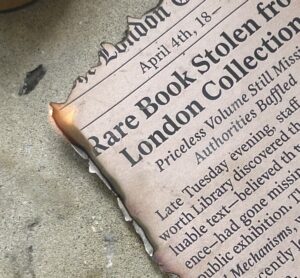
DIY vs. Ready-Made Props
Some players love to craft, others panic at the sight of a glue stick. You don’t need a degree in theater design to pull this off. Many props can be found around the house:
- Old lanterns or flashlights (for a jungle or train setting)
- Jewelry boxes or lockets (perfect for secrets and betrayals)
- Scarves, hats, or fake glasses (to help players get into character)
If you want zero stress, our printable murder mystery kits already include designed evidence cards and optional extras you can print and tuck into envelopes. Add in a few physical objects from your own stash and you’ve got a hybrid setup that feels rich without breaking your budget.
Props That Double as Evidence
The best props aren’t just set dressing—they’re smoking guns (sometimes literally). Here are a few crowd-pleasers:
- Letters and Notes: Folded, burned, or stained with coffee for effect. Perfect for secrets, betrayals, or misdirection.
- Maps: Great for jungle or treasure themes. Tear one corner off to create suspense about who has the missing piece.
- Weapons: Safe versions, of course. Foam daggers, wooden pistols, or even a blow dart like the one used in The Emerald Expedition.
- Costume Accessories: A bloodied handkerchief, a locket, or a broken watch. Small, easy to hide, but suspicious when revealed.
How to Present Props Like a Pro
Props lose power if they’re dumped in a pile on the coffee table. Timing is everything. Slip them into envelopes and reveal them in stages. In The Grand Gilded Express, the used teacup doesn’t appear until after the “death.” By then, players are primed to see it as proof, not just a cup.
You can also hand certain props only to specific characters. If Penny Press finds a gemstone in Jack Silverstone’s belongings, you’re guaranteed a heated confrontation. When the evidence is personal, the drama writes itself.
Props as Atmosphere Builders
Beyond clues, props build immersion. A tiki torch, a stack of old books, or a vintage suitcase can make your dining room feel like an expedition camp. In Murder at Copper Gulch, even a few cowboy hats, rope coils, and weathered playing cards can transform the space into a Wild West showdown. Props don’t have to be complex—they just have to signal “you’re not in Kansas anymore.”
Low-Cost Prop Hacks
Not everyone wants to raid eBay for vintage binoculars. Here are easy, budget-friendly hacks:
- Tea-stain paper for instant “aged” letters.
- Use cardboard and gold paint to make faux artifacts.
- Wrap a box in burlap or brown paper and label it “Supplies.”
- Print out fake tickets, passports, or telegrams for train or travel-themed mysteries.
These touches are cheap but convincing. Your guests will never guess the “ancient relic” was a spray-painted rock from your garden.
When Less is More
It’s tempting to drown your table in props, but restraint creates stronger impact. Two or three key objects can drive suspicion better than twenty random trinkets. Players remember what matters most. That compass on the floor? It’ll get mentioned five times. The random ceramic owl on your mantle? Not so much.
Tips for a Smooth Experience
- Label everything clearly. Guests should know what’s a prop and what’s just décor.
- Use sturdy paper or card stock for anything that will be handled a lot.
- Keep dangerous items out of play. Real knives and glass bottles should stay in the kitchen.
- Have extras in case something gets spilled on or lost.
Props and Awards
Props can also set up your award categories. The player who wields the most creative prop use often steals the spotlight. If someone dramatically slams down a “mysterious note” at the right moment, they deserve the Best Character award. Encourage guests to lean into the props—it makes for better photos and more fun.
Final Word: Props Make the Memories
When guests talk about your party months later, they won’t just remember who the murderer was. They’ll remember the weight of the compass in their hand, the torch flickering in the corner, the moment someone whipped out a gemstone that changed the game. Props make the story tangible. They’re what transform a night of scripted objectives into an unforgettable adventure.
So, stock up, get creative, and let your mystery unfold in style. If you want inspiration, check out the ready-to-play kits like The Emerald Expedition or The Grand Gilded Express. We’ve already done the hard part—designing props that don’t just sit pretty, but drive the drama.
Ready to Host?
Your props are waiting. Print them, improvise them, or raid your garage. Just don’t underestimate them. After all, in a murder mystery, even the smallest object can be deadly important.
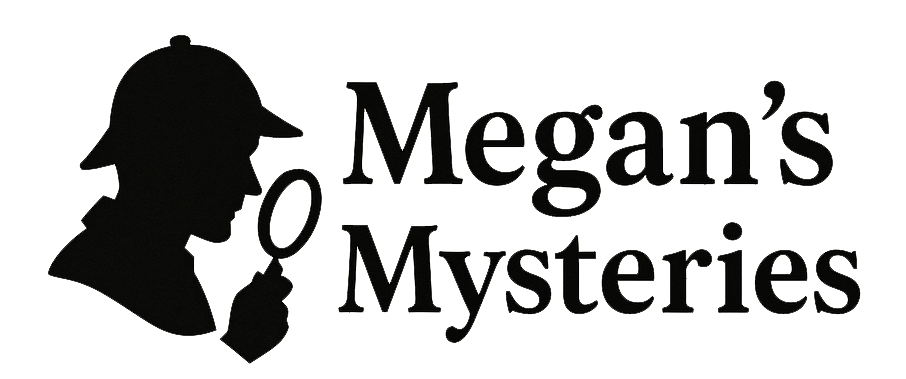
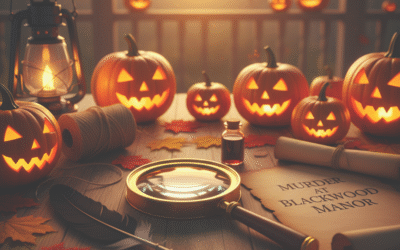
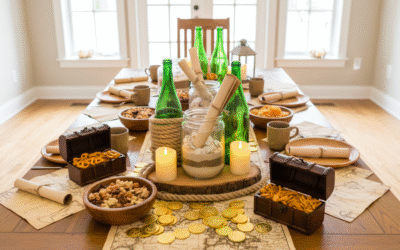
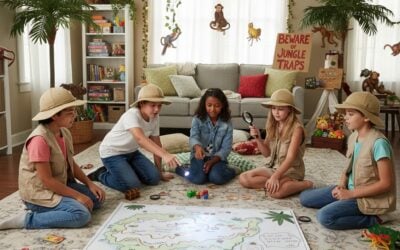
0 Comments